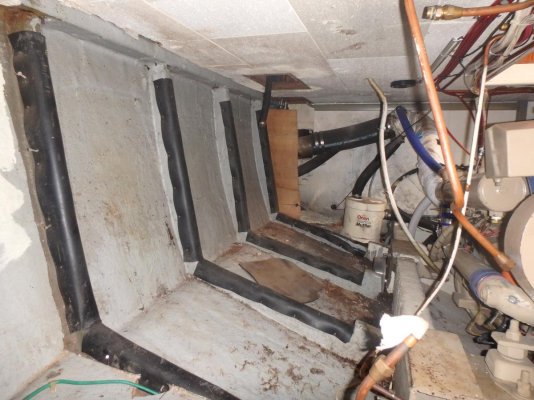Irish Rambler
Guru
- Joined
- Apr 29, 2014
- Messages
- 1,733
- Location
- FRANCE
- Vessel Name
- 'Snow Mouse.'
- Vessel Make
- BROOM FLYBRIDGE 42.
Yep, been there done that ! I refitted with S/steel, carefully welded in place WITH a sump drain sludge/water drain. Don't even mention the price but I reckon Stainless is Painless.
Hey ! S'cuse me guys the jobs crappy enough without mentioning 'Wheated Bourbon' HUH ! try 10 year old Bushmills Irish Whiskey and don't even think about contaminating it with ice cubes or water.
Jeez the very thought would make a grown man cry.
Hey ! S'cuse me guys the jobs crappy enough without mentioning 'Wheated Bourbon' HUH ! try 10 year old Bushmills Irish Whiskey and don't even think about contaminating it with ice cubes or water.
Jeez the very thought would make a grown man cry.


